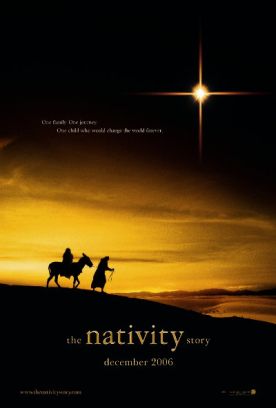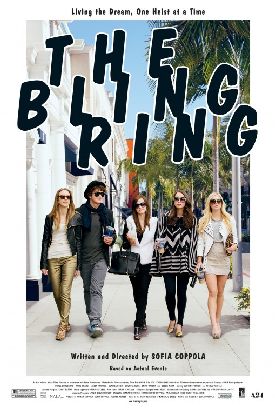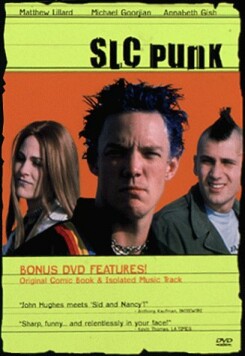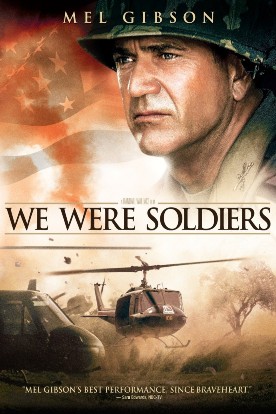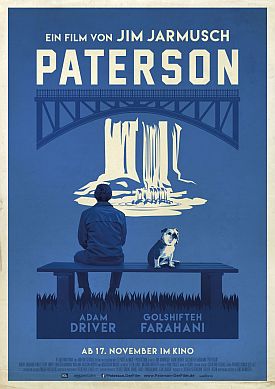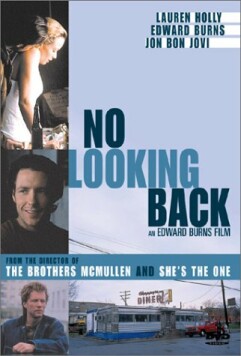Nativity Story, The
A movie by the director of Thirteen and Lords of Dogtown about unmarried teenage pregnancy and young runaways fleeing the law? What new sort of sordidness and shock are we in for now, do you suppose? But wait, it’s not what you might think. For Catherine Hardwicke’s Nativity Story, from a screenplay by Mike Rich, is not the tale of yet another teen rebel but of the most conspicuous non-rebel in history, Mary the mother of Jesus. And what a job she’s done with it! For my money, The Nativity Story is the best thing of its kind that there’s been. This is because it does what The Passion of the Christ, in my view, so signally failed to do, which is to make us forget that we are watching a movie and to bring a completely foreign landscape and culture alive on the screen without ever making it seem too remote. This is no small feat when the movie’s first century Jews and Romans are speaking English.
The film does have the advantage of requiring little in the way of overt miracles, apart from the star in the east and the descent of the Holy Spirit, both of which look enough like natural events — a bright star or comet, a gust of wind, a dove — that they owe nothing to special effects or other movie-ish distractions. More than this, however, is the film’s chief virtue, which is the performance of Keisha Castle-Hughes (Whale Rider) as a believably 16-year-old Mary. Though beautiful, she has the face not of a prettified Renaissance Madonna but of someone wise beyond her years and hardened by experience. Maybe this has something to do with the fact that, though actually 16, she was pregnant by her boyfriend at the time she made the film. Anyway, we can imagine this Mary as a real Galilean peasant girl of Biblical times.
So powerful and so central is this performance to the picture that we find little difficulty in overlooking not only the colloquial English but the overtly religious music and even such occasional anachronisms as Mary’s very modern-sounding complaint to her mother, St Anne (Hiam Abbass): “Why do they force me to marry a man I barely know, a man I do not love?” A real Nazarene of the period would have known very well why, of course, but this touch of a more familiar teenage sensibility has a humanizing effect when combined with the picture’s more authentic consciousness of contemporary social conditions — as when Joseph (Oscar Isaac) warns: “Women have been put to death for this,” meaning pregnancy outside marriage. “You could be stoned in the street.”
His performance is also first rate, and the introduction of the idea of something like romantic love between the two, though not very likely in the period, actually suggests one of the dangers that The Nativity Story successfully skirts, namely a shifting of the focus from the impending birth to the relationship of Mary and Joseph. For Joseph’s acceptance of Mary’s special grace from God and her learning to love him are always seen in relation to the child on whom both are focused. I found particularly touching and authentic the conversation between them when Mary says to Joseph, “When we will know?”— that is, that the child is who they already believe him to be. “Will it be something he says?”
Joseph replies with a shake of the head: “I wonder if I will even be able to teach him anything.”
I could have done with just a touch less of the knockabout humor of the three Wise Men (Nadim Sawalha, Eriq Ebouaney and Stefan Kalipha). There is even a moment of po-mo levity when Caspar says to Melchior that he couldn’t have found the way without him. “How do you know?” says the other.
“Because I am the wisest”
But nearly always, the film succeeds in walking the very fine line between making strange things familiar and making familiar things strange. Thus when Mary explains her pregnancy by relaying the message of the Angel Gabriel (Alexander Siddig) to her mother, the latter replies sarcastically, “An angel told you this?” The skepticism may sound suspiciously modern, but it is not out of place either. And any tendency of things to tip too far in an anachronistic direction is counter-balanced by the film’s stress on the hard realities of peasant life in Galilee under the rule of King Herod (Ciarán Hinds). These include political realities, such as predatory Roman soldiers demanding tax money on Herod’s behalf — and taking it out on the poor in other ways when they don’t get it. The hope of the Messiah is for these peasants a specifically political and military one, as we are also made aware by the casual appearance of crucified criminals on trees by the roadside.
This, by the way, is just one of many ways in which the film subtly alludes to the now well-known story of the life that Mary is carrying within her. For instance, Mary’s washing the feet of the exhausted Joseph on their journey to Bethlehem looks forward to Christ’s washing of the disciples’ feet; Joseph’s saying as they pass through Jerusalem that the merchant-crowded Temple “is meant to be a holy place” anticipates the casting out of the money-changers; and Herod’s attempt to offload his sins onto a heifer about to be slaughtered reminds us of the sacrifice of innocence to come. Above all, a shot of the empty cradle as Herod’s soldiers come looking for the infant Jesus looks forward to the empty tomb at Easter.
These are some of the many ways in which Miss Hardwicke is able to convey to us the sense of the miraculous woven in among the everyday agricultural rhythms of life in first century Palestine. To make us see both these details and their significance simultaneously without becoming merely portentous in Cecil B. DeMille fashion is a very great achievement, I think. The combination of the familiarly human with the strangeness of the historically remote thus comes to seem a metaphor for the presence of the eternal in the temporal that is the meaning of Christ’s birth. It is also and in itself an almost miraculous revival of the largely moribund tradition of religious art for our times.
Discover more from James Bowman
Subscribe to get the latest posts to your email.

